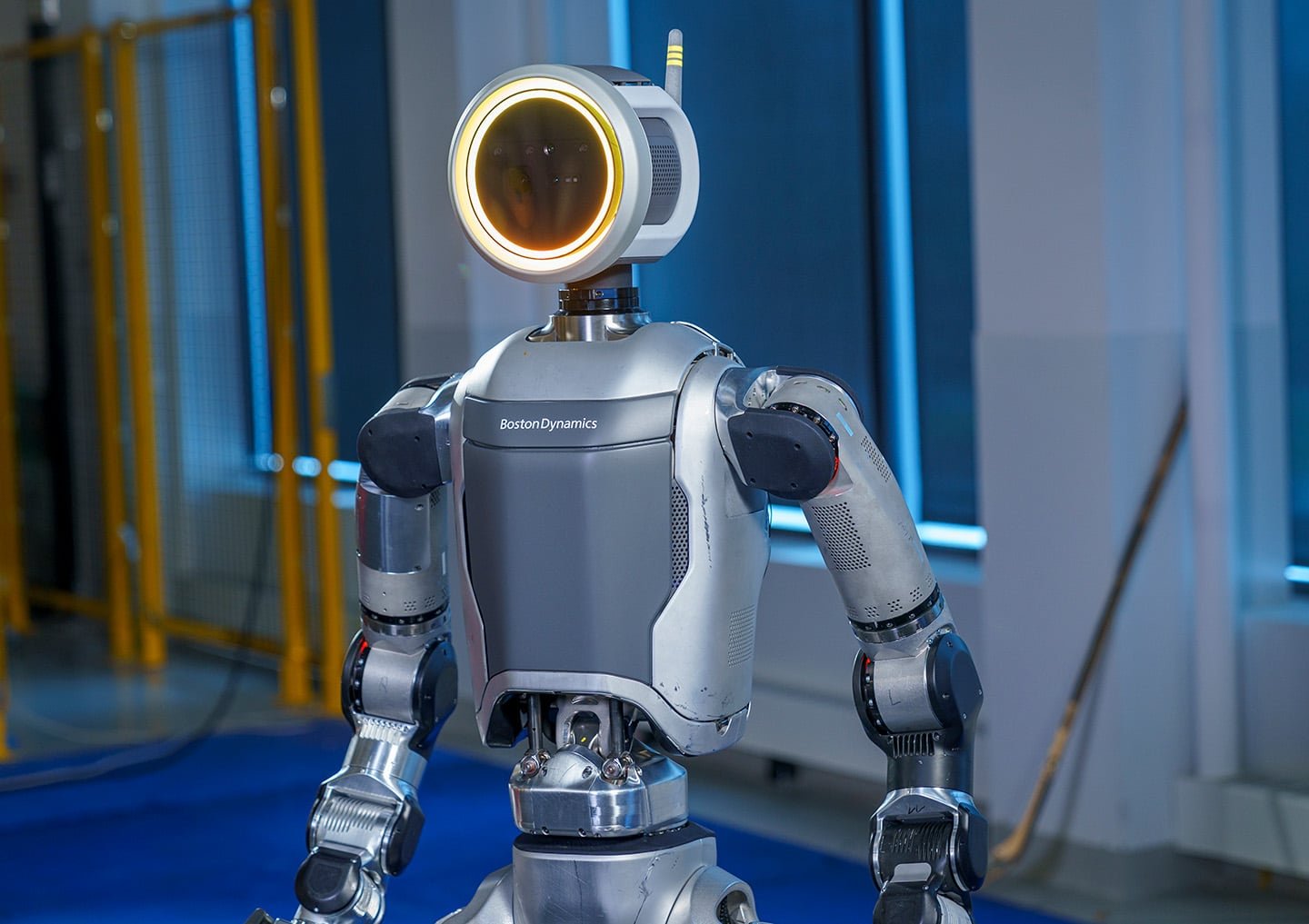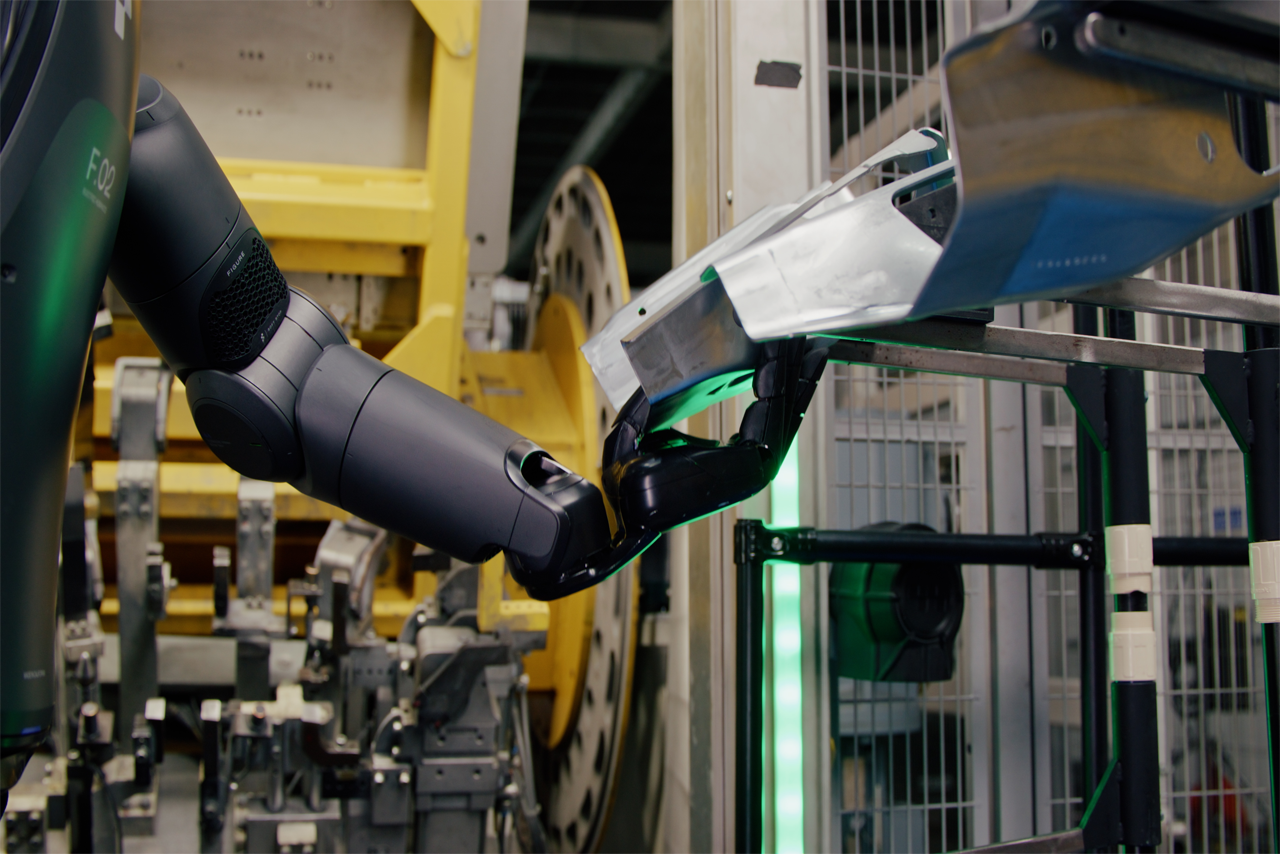As of 2025, there are an estimated 200–300 humanoid robotics companies globally, factoring in established manufacturers, emerging startups, and research-driven organizations. This number reflects the rapid growth of the sector, driven by advancements in artificial intelligence (AI), robotics engineering, and increasing demand for automation across industries. While Shenzhen New Strategy Media’s Industrial Research Institute reports over 160 humanoid robot manufacturers, this figure primarily accounts for larger players and established firms. When factoring in startups and smaller innovators worldwide, the total expands significantly.
The Growth of Humanoid Robotics
Humanoid robots are no longer confined to science fiction; they are becoming integral to industries such as logistics, healthcare, customer service, and education. The global humanoid robotics market is projected to grow exponentially, with companies racing to address labor shortages and enhance automation capabilities. This surge is supported by breakthroughs in AI technologies like generative AI, multimodal perception systems, and advanced motion control.
China’s Role as a Global Leader
China is at the forefront of humanoid robotics development:
- Shenzhen alone hosts over 160 humanoid robotics companies, according to Shenzhen New Strategy Media’s Industrial Research Institute.
- The city aims to cultivate over 1,200 companies in embodied intelligent robotics by 2027 as part of its ambitious action plan.
- Chinese firms hold a 63% share of the global humanoid robot supply chain.
Featured Companies Driving Innovation
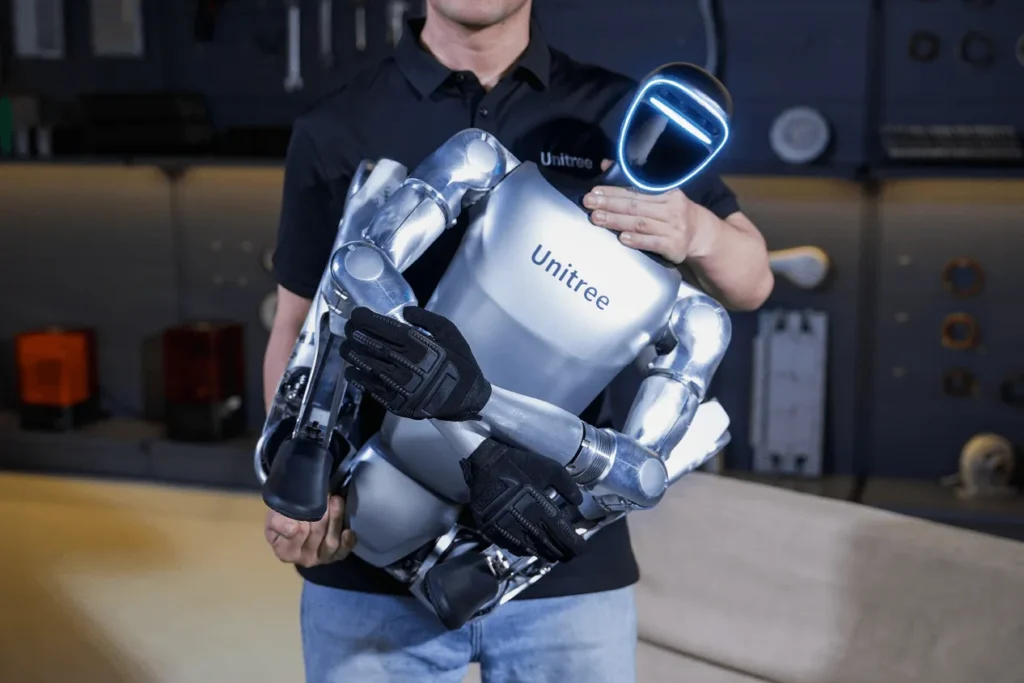
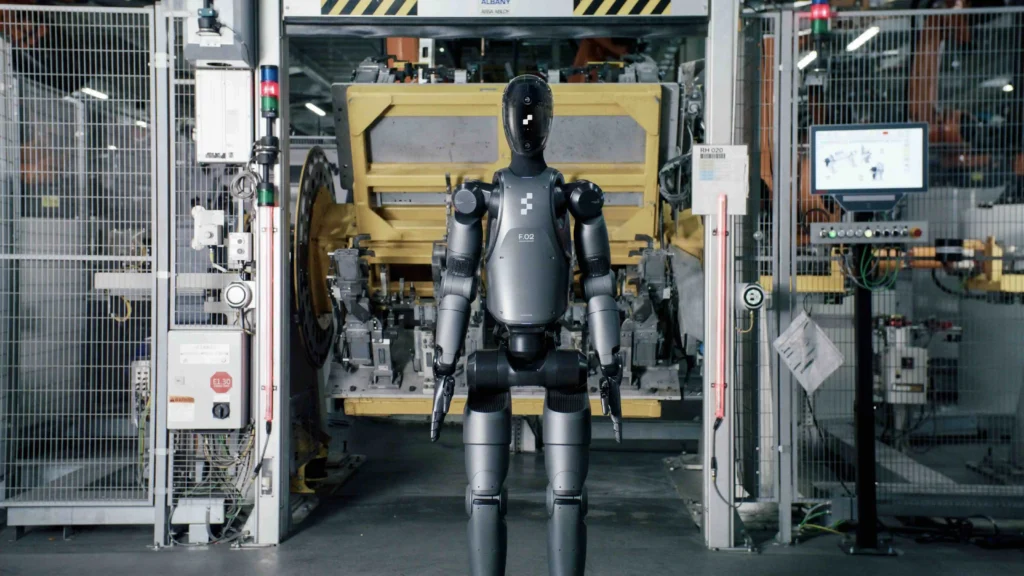
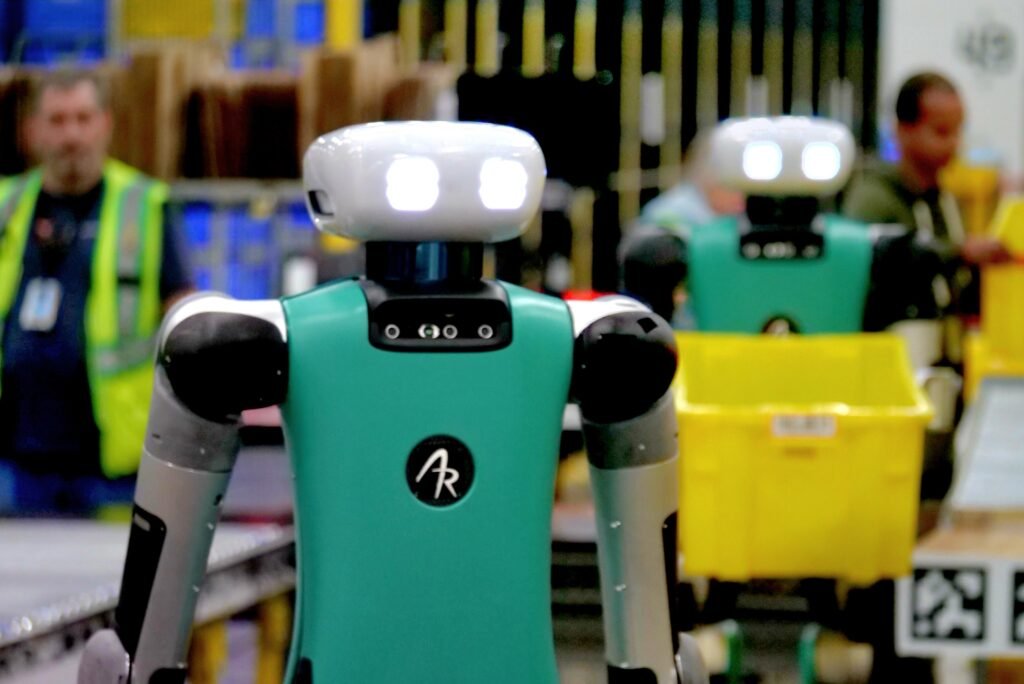
Here are some of the most notable companies shaping the future of humanoid robotics:
1. Agility Robotics
- Location: Oregon, USA
- Key Product: Digit
Agility Robotics leads the field with Digit, a bipedal robot designed for logistics and warehouse operations. Recently deployed by Amazon, Digit represents a significant step toward integrating humanoid robots into industrial workflows.
2. UBTECH Robotics
- Location: Shenzhen, China
- Key Products: WalkerX, Cruzr
UBTECH specializes in service-oriented humanoid robots. WalkerX is a highly mobile robot capable of navigating complex terrains and interacting with humans. UBTECH has raised nearly $940 million in funding to expand its applications in retail and healthcare.
3. Boston Dynamics
- Location: Massachusetts, USA
- Key Product: Atlas
Boston Dynamics is renowned for its cutting-edge research and development in humanoid robotics. Atlas showcases advanced mobility and dexterity, making it one of the most versatile robots for research and industrial use.
4. Hanson Robotics
- Location: Hong Kong
- Key Products: Sophia, Grace
Hanson Robotics focuses on lifelike robots designed for emotive interactions. Sophia gained global fame as the first robot granted citizenship (by Saudi Arabia) and serves as a UNDP advocate. Grace is tailored for elder care and healthcare applications.
5. Figure AI
- Location: California, USA
- Key Product: Figure 02
Figure AI aims to revolutionize labor-intensive industries with its humanoid robots. The company plans to ship 100,000 robots by 2030 to address workforce shortages in logistics and manufacturing.
Regional Insights
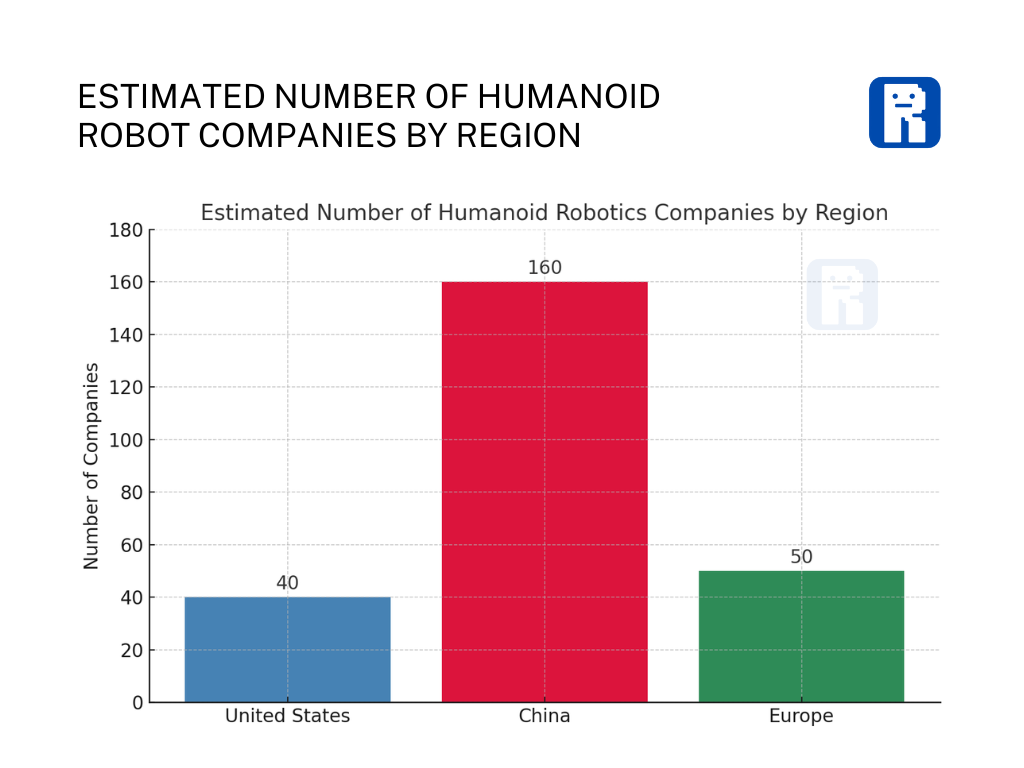
United States
The U.S. hosts around 30–50 companies specializing in humanoid robotics. These include major players like Boston Dynamics and startups such as Apptronik and Figure AI. The focus here is on industrial applications and cutting-edge R&D.
China
With over 160 manufacturers concentrated in hubs like Shenzhen, China dominates the global supply chain for humanoid robots. The government’s strong support through policies like mass production targets by 2025 ensures steady growth.
Europe
Europe has around 40–60 companies innovating in humanoid robotics. PAL Robotics (Spain) develops customizable service robots for logistics and research institutions.
Why Startups Matter
While established firms like Boston Dynamics or Hanson Robotics dominate headlines, startups play a crucial role in pushing boundaries:
- Startups like Sanctuary AI (Canada) are developing robots with advanced learning capabilities.
- Emerging players such as Apptronik focus on creating affordable solutions for commercial use.
These smaller innovators contribute significantly to the estimated 200–300 companies globally by addressing niche markets or introducing disruptive technologies.
Future Outlook
The humanoid robotics industry is poised for transformative growth:
- By 2030, mass adoption across industries like healthcare, logistics, education, and hospitality is expected.
- Governments worldwide are investing heavily in research ecosystems to foster innovation.
With over 200–300 companies globally leading this charge—ranging from large corporations to agile startups—the future of humanoid robotics is bright. As AI continues to advance and costs decrease, these robots will become integral to daily life and business operations worldwide.

